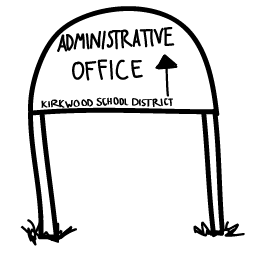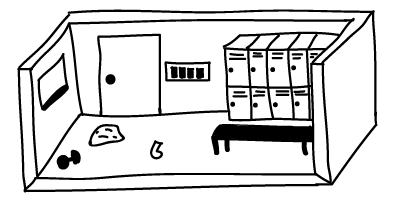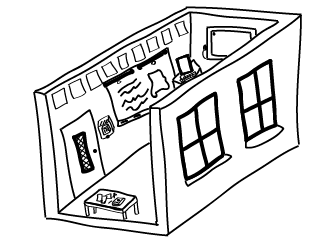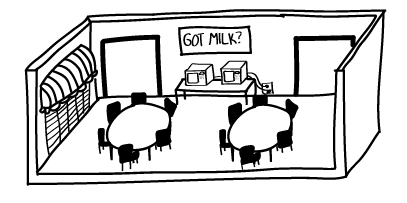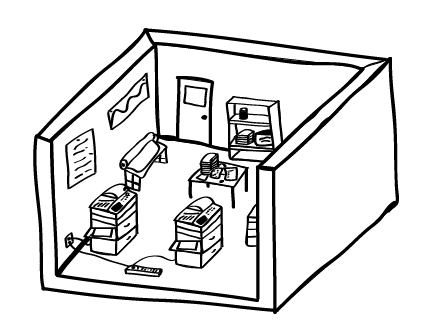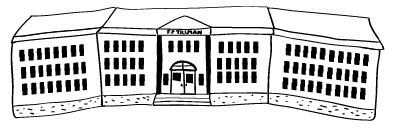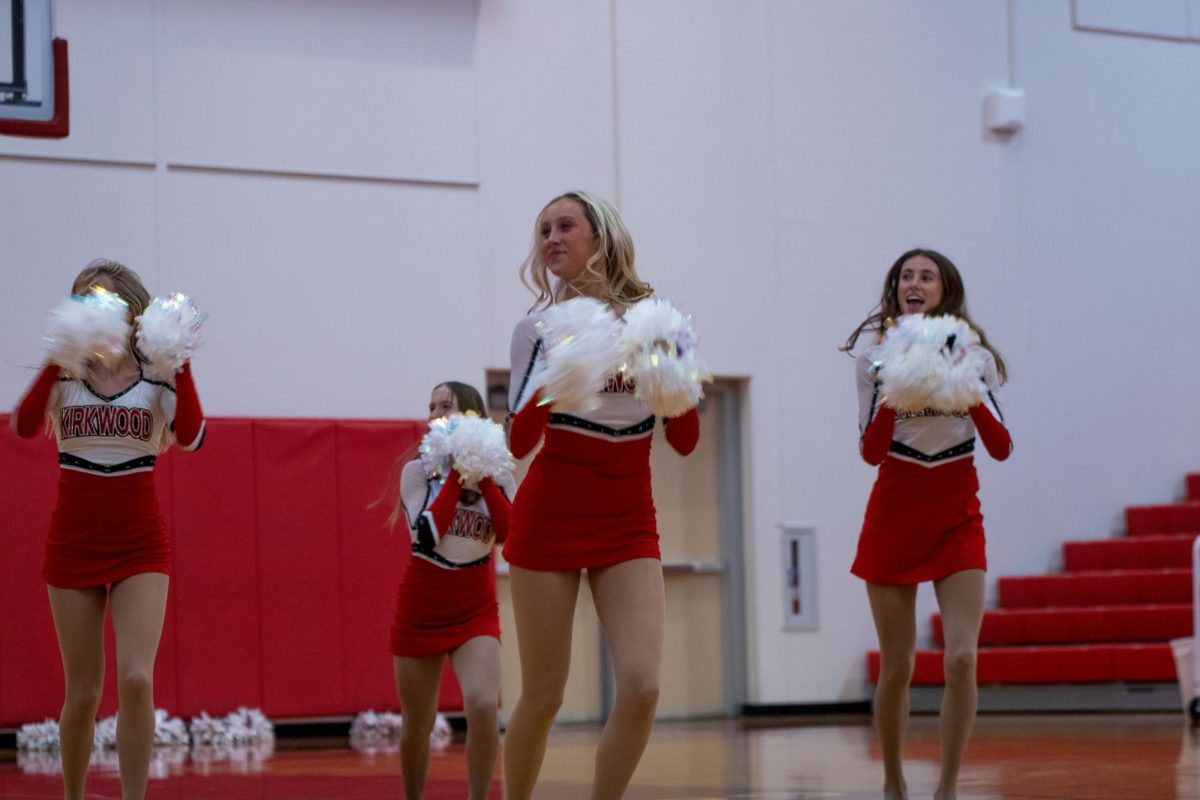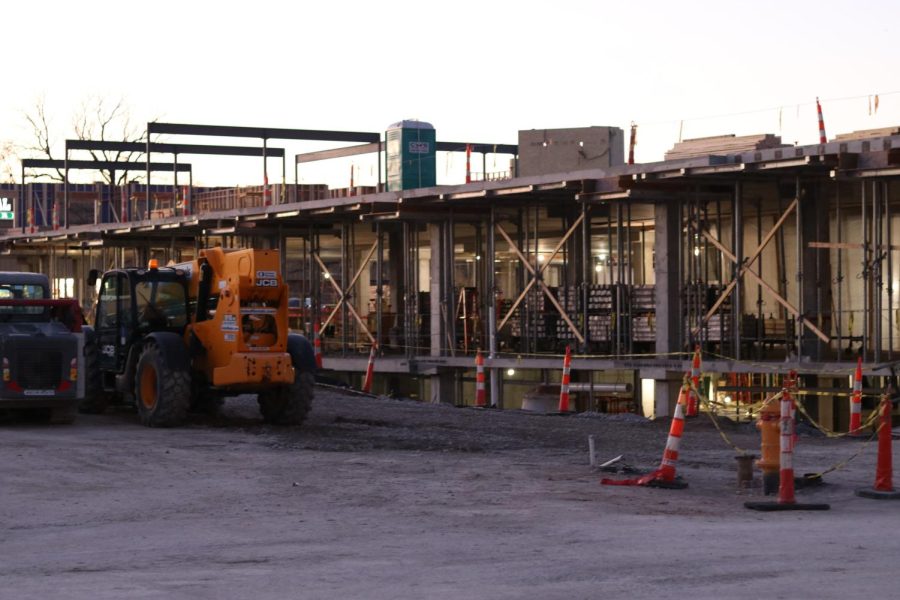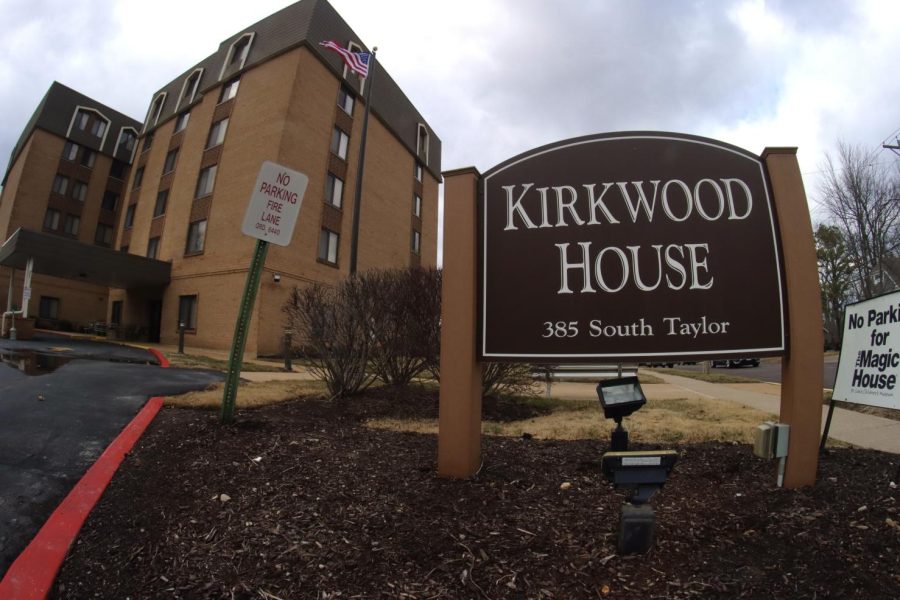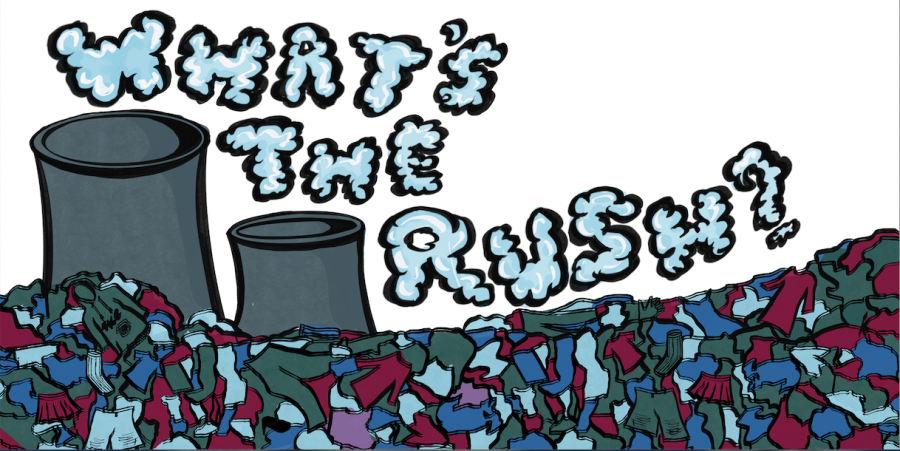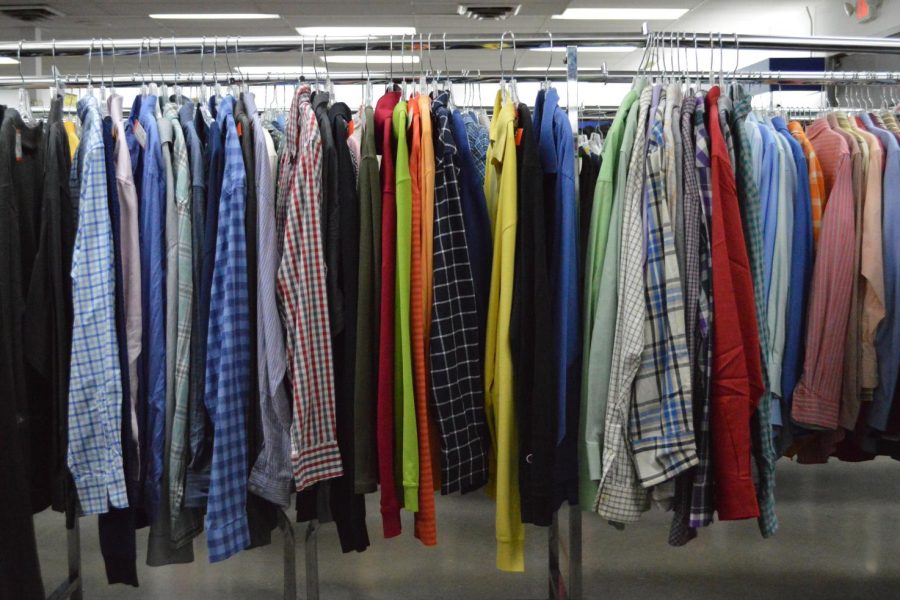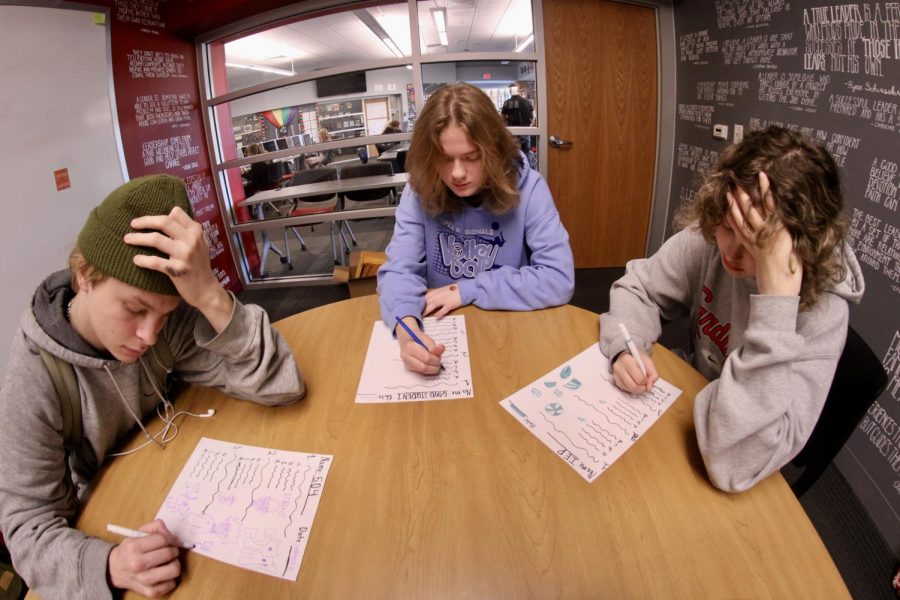Students trickle into Tim Harig’s World History classroom sixth hour, and most of them make comments about the cold classroom. They pull on sweatshirts before settling into their chairs. Each time a new student walks in complaining, Harig points at the thermostat on the wall, encased by a plastic cover outfitted with a lock. Harig does not have the key.
What many of these students may perceive as minor annoyances throughout their days are actually plans purposefully enacted by KSD administrators to lower energy expenditures and reduce the impact the school system has on the environment as a whole.
Tasked with providing and paying for electricity, natural gas, sewer, water, phone and transportation systems to more than 5,000 students and over 800 staff members at 12 locations, the district has spent an average of over $2.1 million each year on these services for each of the last four years, according to Mike Havener, assistant superintendent of finance and operations.
The Kirkwood Call took a look at what this money goes to, the ways the district is trying to save and who is behind it all.
Administrative Building
Administrators keep three goals in mind when dealing with utilities and energy provision, Havener said: cutting costs, reducing consumption and providing for students.
“It’s not only about cost,” Havener said. “It’s also about the environmental factor. We want to conserve as much energy as possible.”
The older buildings within KSD, dating as far back the early 1900s, pose a problem when it comes to reducing energy output. According to Havener, various projects have been enacted to help reduce these expenditures over the past few years. Responsible for overseeing most of these projects is Jim Dressel, special projects manager.
“We’re always looking for ways to save energy,” Dressel said. “It can be choosing equipment or anything that is more energy efficient.”
The district pays attention to its consumption through monitoring monthly bills. Though savings and the environment are kept in mind, they take a backseat to students and staff.
“When we’re in school, we want to provide the optimal setting for learning,” Havener said. “We’re interested in looking out for the environment as well as the students and the teachers.”
Locker Rooms
While Dressel said programs which conserve energy are in place all over KSD, a recent example of a small change expected to make a significant impact is in the school locker rooms.
“Lights in the locker rooms used to be turned on once in the morning,” Dressel said. “Now, we’re putting sensors in, and they’ll turn the lights on when someone walks in. Instead of lights being on from morning until 10 p.m, they’ll just be on when they need to and use what energy they need to.”
Dressel estimated lights would stay on five minutes after movement in the room stops.
“In our maintenance, we try to save additional costs anywhere we can,” Dressel said.
Classroom
Harig said a box was installed over the thermostat in his room a few years ago.
“In my understanding, it’s to save money,” Harig said. “Students and teachers were messing with [the thermostat] too much, and so temperature was wildly fluctuating.”
Harig does think the temperature in his classroom still varies widely throughout the day, but he does not have a problem with the changes.
“I’m never really bothered by [the temperature]. Sometimes students will get up and open a window or something, but it’s no big deal,” Harig said.
Havener said teachers are also expected to keep an eye on when windows are open in order to ensure too much energy is not wasted.
Cafeteria
According to Dressel, while 30 percent of energy expenditures come from lighting, 30 percent from cooling and 23 percent from heating, an often overlooked portion of energy output comes from appliances plugged in all of the time.
“The load comes from things like vending machines, microwaves and fridges that we leave plugged in,” Dressel said. “That energy is called the plug load, and it’s a lot.”
Computers, ActivBoards and SmartBoards are also culprits, Havener said. The district takes account of all of these appliances in buildings all around and encourages sharing and reduction of their use.
“The less we have plugged in, the less load we have and obviously less cost,” Havener said.
Copy Center
An average of 18 million pieces of paper pass through the KSD copy center per year.
Located in the district offices, this extension of the district does its share to reduce expenditures, too, like switching from more expensive, bright colors available for copies to pastel colors.
James Archey, copy center manager, estimates the district spends $100,000 per year on copies. Jobs are carried out on various appliances, including four black and white copiers and one color. While copy volume tends to stay the same over the years, the center finds other ways to reduce energy output.
“Everyone wanted us to start electronic submission, where people submit jobs electronically, so that eliminated the ticket we used,” Archey said. “We’ve saved money not using those forms.”
Archey said all copies are two-sided when possible, and the copy center has cut back its hours within the past few years to cut back on the amount of time machines are in use and the office is functioning fully. Also kept in mind is the environment.
“North Middle students come take our recycling every week. They recycle everything that we throw away,” Archey said.
New and Old
Older buildings contribute to higher energy costs, and KSD struggles reconciling its long history with its current energy expenditures, Havener said.
The main energy drains come from old windows and frames, which allow air to escape and heighten heating and cooling costs, poorly insulated pipes and older, incandescent lights. Havener and Dressel both agree recent improvements within the district have helped greatly in remedying more than just a few of these problems.
“The older buildings are a big factor. They are less energy efficient, and renovations need to take place to provide a setting that will enable us to better cut down on those issues,” Havener said. “Newer buildings are absolutely better than older buildings. It’s harder to operate an older building.”
Recent renovations in the KHS gyms and science buildings have helped these problems, and Dressel thinks upcoming renovations at both the middle and elementary levels provided by the recent passing of Proposition 1 will result in positive contributions, as well.
“We’ve done a lot, including things like switching all lights from incandescent to fluorescent,” Dressel said.


